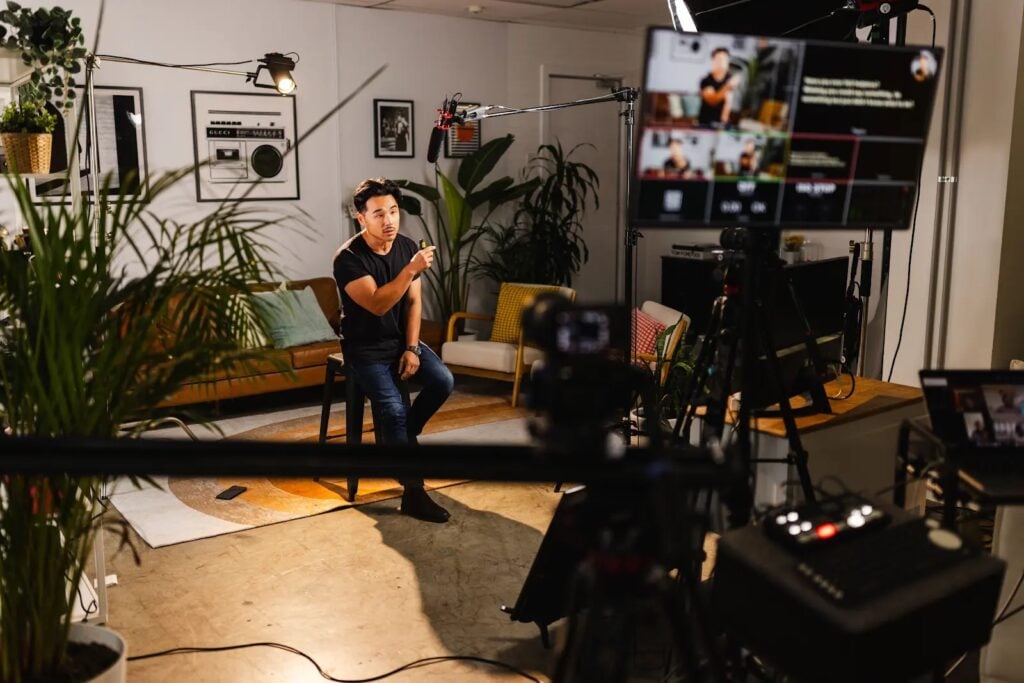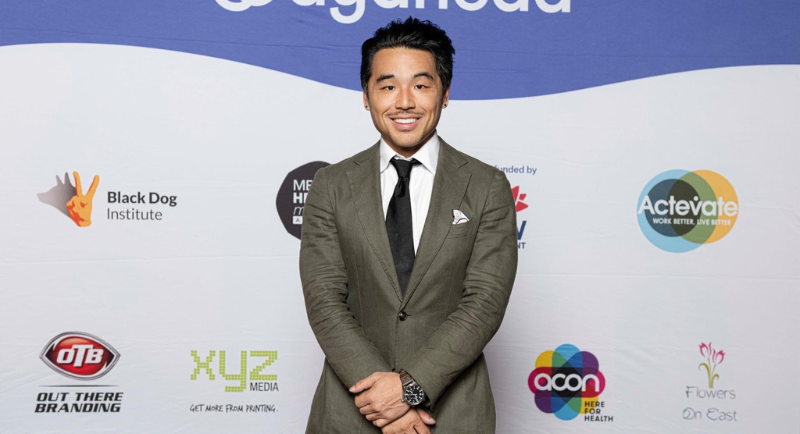Matt Purcell, founder of KYU Media and co-founder of The Business Academy, has pinpointed some key ways brands can communicate, engage, and build trust with audiences in 2025 amid a rapidly evolving media landscape.
Purcell said 2025 will see a shift in influence, with companies needing to focus marketing campaigns on enhancing brand authenticity, personalisation and community engagement to help drive success.
“Personal branding isn’t just for entrepreneurs or influencers anymore—it’s for everyone. Smart companies are realising this with 2025 to become the year of employee influencers.
“If brands want to stay relevant, they need to take control and actively support employees to represent the company—on LinkedIn, Instagram, and anywhere else their audience engages with their brand,” he added.
Purcell’s top five game-changing market trends for 2025:
1. The Rise of Employee Influencers: The New Face of Brand Marketing
Employee influencers will become the cornerstone of digital marketing in 2025. Purcell said: “In a time when consumers are increasingly skeptical of traditional ads, companies are waking up to the power of their workforce to drive authentic, credible engagement. Purcell argues that employee advocacy will not just be a trend but a strategic imperative for brands seeking to stay relevant.”
“Today’s consumers want to hear from real people, not faceless corporate entities. Employees are already sharing their experiences and stories online—so why not turn that into a win-win for both brand and employee?
“Based on the market, and influence trends, I am convinced that companies who are able to empower employees to become brand ambassadors successfully, will see significant returns in trust, loyalty, and influence.”
Statistics show that 84% of millennials distrust company ads, preferring instead to hear from real people. Companies that fail to capitalise on this trend risk losing their relevance in the marketplace.
But Purcell’s strategy for success is clear: equip, guide, and reward employees. Training programs, content hubs, and brand guidelines will ensure employees stay aligned with company values while maintaining their authenticity.
The employee influencer model offers brands a massive opportunity to tap into new, highly engaged audiences—especially when supported by incentive programs that reward employees for their contributions.
“It’s not about micromanaging. It’s about empowering employees with the resources they need to share their unique perspectives, stories, and behind-the-scenes moments,” Purcell said.
2. User-Generated Content (UGC): The Gold Standard for Trust and Engagement
UGC is no longer a “nice-to-have’; it is rapidly becoming a critical pillar of any successful marketing strategy, according to Purcell.
In 2025, brands that fail to embrace UGC risk losing credibility and trust that consumers demand. He said: “Nearly 80% of people say UGC impacts what they buy, and 85% find UGC more credible than the stuff brands put out themselves. UGC provides an authenticity that brand-generated content simply cannot replicate. Consumers trust their peers. They want real experiences, stories, and people telling them why a product or service is worth their time.”
Purcell encourages brands to actively cultivate UGC by enabling customers, followers, and employees to share their genuine experiences in the year ahead. “This is a critical opportunity for brands to leverage their loyal audiences for authentic, high-impact marketing,” he said.

Matt Purcell
3. LinkedIn: The Professional Video Powerhouse of 2025
Purcell identifies LinkedIn as a platform poised for dramatic growth in 2025. Traditionally a space for professional networking, LinkedIn is quickly evolving into a video-first content hub. With new features, including a dedicated video feed in beta, LinkedIn is positioning itself to rival other major social media platforms in the video content space.
“LinkedIn is no longer just a place to post your résumé and industry updates. With its growing focus on video content, it is now a key platform to build your brand, share thought leadership, and connect with other professionals,” he explained.
“In 2025, LinkedIn is set to be the place for professional content creators and marketers to reach engaged audiences. If you’re not considering LinkedIn for 2025, you’re already behind.”
Looking forward, Purcell encourages companies and content creators to take advantage of LinkedIn’s video features by creating and sharing insightful, thought-provoking content that speaks directly to their target audiences.
“LinkedIn’s video features provide a major opportunity for B2B brands, career influencers, and thought leaders to connect with engaged, business-savvy audiences in a new, more direct, and engaging way,” he added.
4. Hyper-Local Content: Tapping into the Power of Community Engagement
Over this year, consumers have grown more wary of generic, one-size-fits-all ads. Hyper-local content is emerging as a key driver of meaningful consumer connections. Purcell predicts that in 2025, we expect this to continue. He predicts that community-focused marketing will be more critical than ever, with brands needing to create region-specific content that speaks directly to the values, culture, and interests of local audiences.
“People want to feel like a brand understands them and their community. Hyper-local content is all about building trust by showing that you truly get the local vibe, whether it’s through local influencers, region-specific events, or tailored advertising. Authenticity is the new currency, and communities want to connect with brands that feel like a natural part of their lives.”
For brands seeking to win in 2025, hyper-local marketing is a powerful tool to build deeper consumer relationships. He said: “To do hyper-local well, brands should find ways to partner with local influencers, host micro-events, and create content that resonates with specific regional cultures.”
5. 2025: Real People, Real Stories, Real Connections
Purcell’s overarching message for 2025 is clear: to win in 2025, brands must prioritise authenticity first!
The brands that will thrive in 2025 will be the ones that focus on genuine human connections, Purcell said. Whether through empowering employees to become influencers, leveraging the power of user-generated content, embracing video-driven storytelling on LinkedIn, or creating hyper-local content that resonates with communities.
“The future of marketing isn’t about broadcasting a message. It’s about fostering meaningful connections that resonate with people, not just products.”
As these trends take hold in 2025, Purcell predicts brands that embrace these shifts will not only future-proof their marketing but also set new standards for how businesses successfully engage with their audiences.
Authenticity, trust, and community will be the currency of success.
“These trends aren’t complicated, but they’re powerful. In 2025, it’s all about real people, real connections, and real stories,” he added.
–
Top image: Matt Purcell

